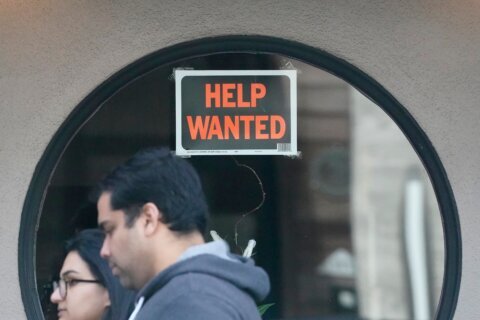Job openings declined by about a half million in October, according to the most recent data from the Labor Department. And, in the face of a cloudy economic future, the number of gainfully employed Americans quitting their jobs fell to the lowest level since May 2021.
It may be among the first signs that employers, who have been struggling to fill jobs, may be gaining back some leverage in a labor market that has been marked by the strength of job seekers for the past two years.
“Employers are being more selective in their hiring. They are placing more demands on applications for coming into the office, and limiting other benefits,” said Christopher Keyes, professor of management and the chair of the management department at the George Washington University School of Business.
Job seekers with the right skills for in-demand professions still wield influence in getting the pay and perks they want. Some, more than others currently.
“If you’re looking for a job in tech, health care, food service, hospitality, or a temporary job in retail for example for the holidays, you won’t have any problem finding a job or switching jobs right now,” Keyes said.
The top perk, aside from compensation, remains remote work or hybrid work options. The share of Americans working remotely at least some days a week has remained steady in the past year. But the share of job postings with remote options on LinkedIn, which hit an all-time high in February, has shrunk to 14% now. Even so, those remote work postings drew 52% of applications in October, LinkedIn reported.
The D.C. metro may be one of the exceptions. Compared to other cities, the share of workers working remotely full-time or hybrid is among the highest.
“Much of the kind of work that is done in D.C. offices — think law, research, even lobbying — these are all occupations that have transitioned very well to remote work, which means that D.C. could be in for a period of time where remote work remains the new normal,” Keyes said.
In the District, the share of workers with remote or hybrid schedules in October was down 7% from a year earlier, LendingTree reported, citing data from the U.S. Census Bureau Household Pulse Survey.
However, 54.2% of employees working at D.C. companies were still working at home at least part-time, a number likely skewed by federal government agencies, with about 40% of feds teleworking up to three days a week, according to the Office of Personnel Management.







